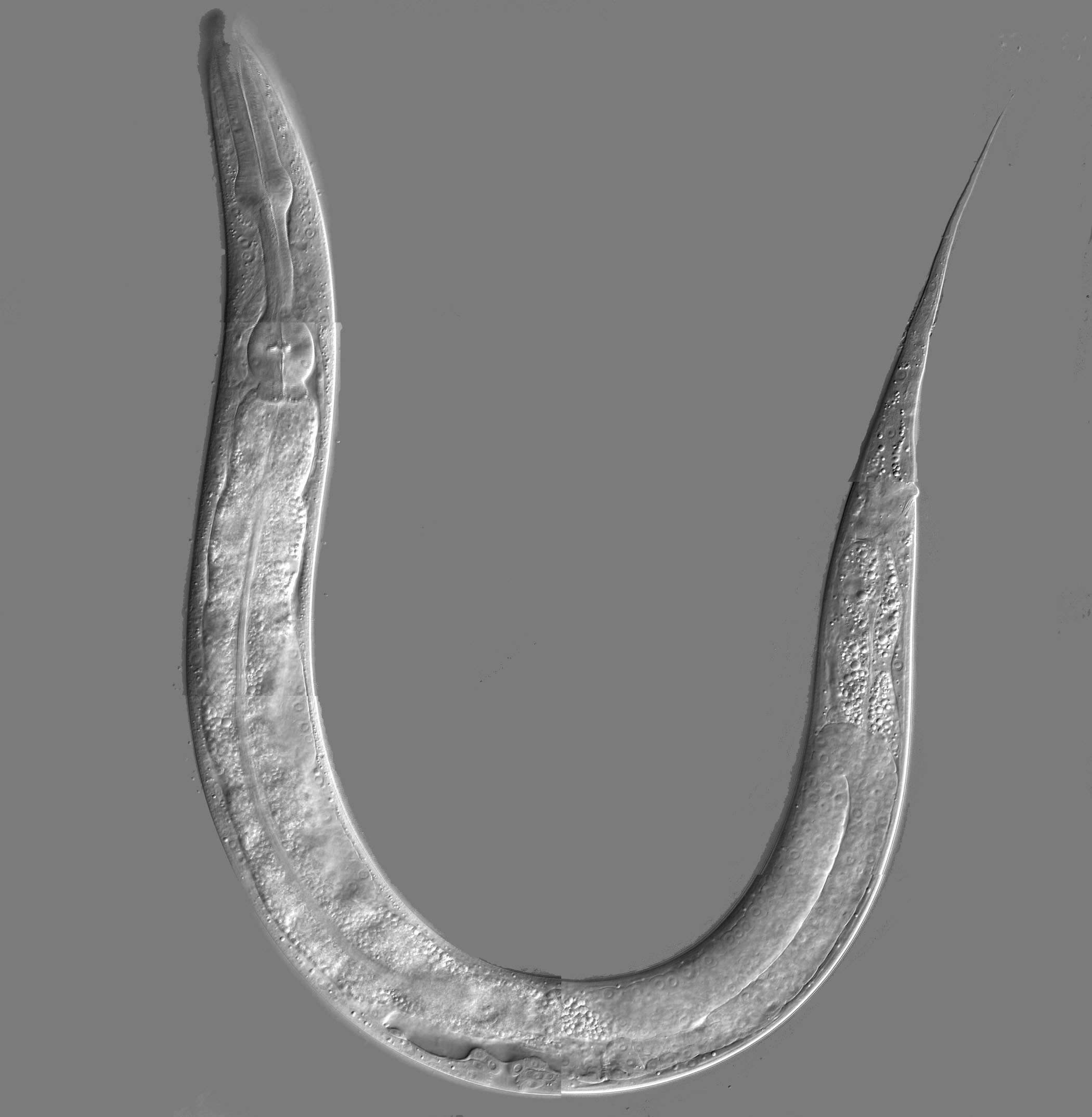A
new mysterious, unexpected phenomenon was brought to the attention to
the Annual Meeting of the American Society of Human Genetics in
Washington, DC. This phenomenon is called “RNA editing.” RNA editing
is, “The process by which messenger RNA is modified (edited) after it is
synthesized before it is translated into protein” (MedTerms). We all
know that DNA is transcribed first to form RNA and then what codes for
the amino acids depends on the triplets of RNA. The RNA sometimes
“edits” for different bases, switching them, hence the name “RNA
editing.” Two studies, conducted by Mingyao Li and Emmanouil Dermitzakis
presented at the meeting suggested and showed many different opinions
and findings.
Li
and her colleagues observed this marvel in a number of organisms such
as plants, mice and even human diseases. In the plants they studied, it
was linked to cell metabolism and in mice, it was linked to their brain
function. This editing was also linked to ALS and epilepsy in humans.
According
to the article, Li and her colleagues also have been conducting a
project known as the “1000 Genomes Project”, with a goal to reach the
genomes of 1000 people. In this project, the researchers plan to compare
the DNA and RNA sequences. “The results suggest that a vast amount of
editing could be occurring across the genome, with the researchers
identifying more than 102,000 potential editing events” (Translation).
One thing the study suggested was that 97% of the gene transcripts are
changed after a new template of RNA molecules has been formed from the
DNA code. Li saw this rate as “surprisingly high” because normally in
most cases of RNA editing, there were only 2 types of alteration, but
many other differences that Li and her colleagues found are seemingly
unknown. They also concluded that nobody can tell where the edited RNA
is translated to.
For
Emmanouil Dermitzakis, he is more skeptical than Mingyao Li. He is also
one of the researchers on the “1000 Genomes Project” and he argues DNA
sequences of the mismatched pairs may simply be because of sequencing
errors. He thinks that this editing varies between different cell types.
The article states, “The only way to check would be to re-sequence a
large number of the genes that seem to be edited.” This is being done by
Li now, in hopes to be able to really prove this fascinating
phenomenon.
Blog post Author: Brooke Vasilescu Section 124-26
Work Cited:
Katsnelson, Alla. “DNA Sequence May Be Lost in Translation.” Nature.com. Nature
Publishing Group, 05 Nov. 2010. Web. 24 Feb. 2013.
“RNA Editing Definition-Medical Dictionary Definitions of Popular Medical Terms Easily
Defined on MedTerms.” Medterms. N.p., n.d. Web. 24 Feb. 2013.



















